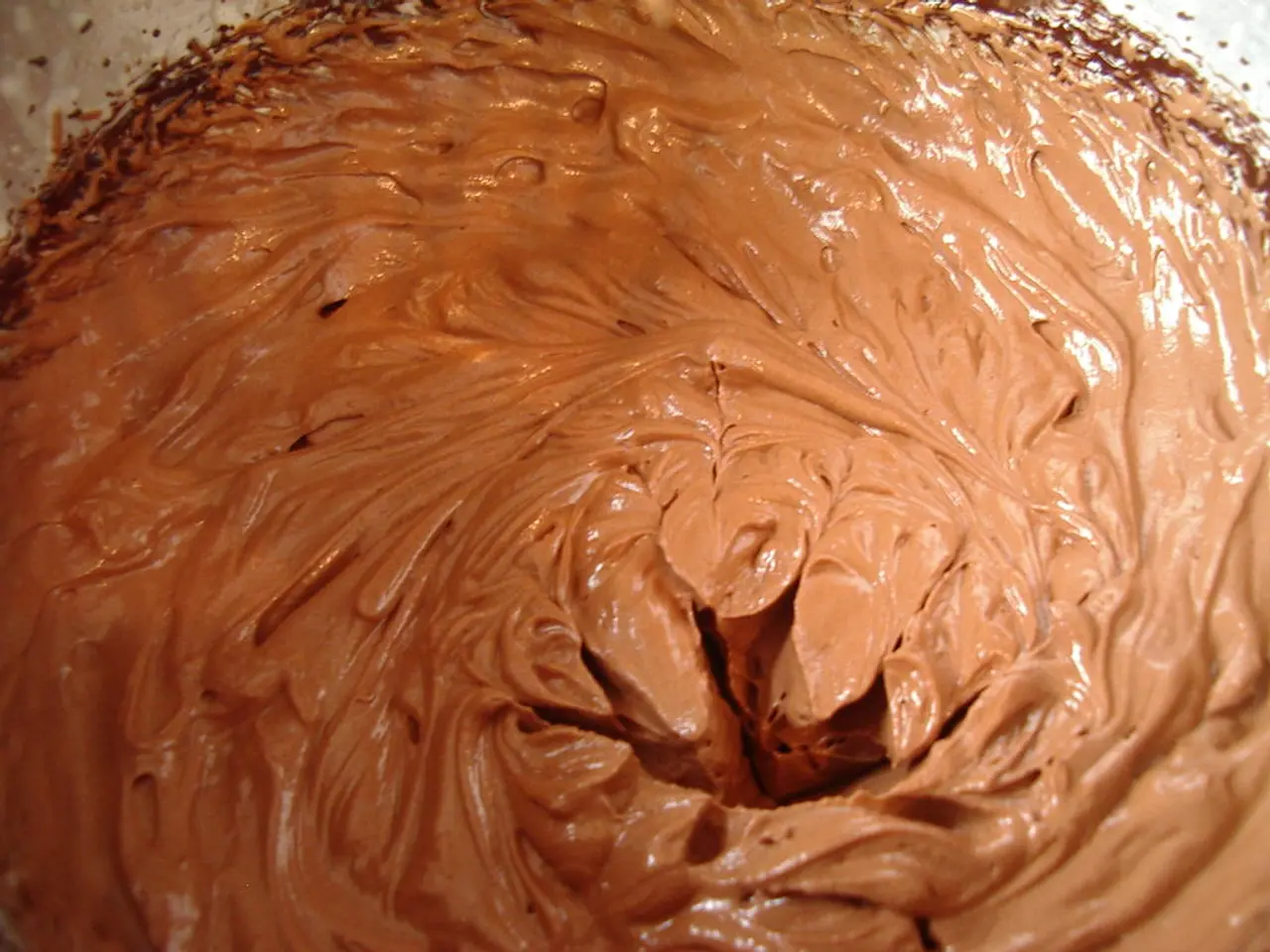Chocolate cyst explained: Insights into Bindi Irwin's health status and key facts about chocolate cysts
In the realm of women's health, a condition known as endometriosis can lead to the formation of a distinctive ovarian cyst called a "chocolate cyst" or endometrioma. This cyst arises when tissue similar to the lining of the uterus grows on the ovary, resulting in a cyst filled with old, degraded blood that resembles melted chocolate[1][2][4][5].
The location and composition of these cysts are noteworthy. They are typically found within the ovary and contain degraded blood due to repeated bleeding from the ectopic endometrial tissue[1][5]. In terms of appearance, they often have smooth walls and can be either unilocular (single chamber) or multilocular (multiple chambers) when larger than 3 cm, usually appearing as brown cysts during surgery or imaging[1].
Chocolate cysts can bring about a range of symptoms, including painful periods, pelvic pain, discomfort during intercourse, and can impact fertility by damaging ovarian tissue or causing pelvic adhesions that block fallopian tubes[2][4].
Endometriomas are a common occurrence, affecting approximately 17% to 44% of people with endometriosis, with endometriosis itself affecting about 10% of menstruating individuals[2][5].
Diagnosis of chocolate cysts is usually done through transvaginal ultrasound, MRI, or laparoscopy for confirmation and biopsy[4]. The best treatment for endometriomas depends on factors like age, symptoms, and plans for becoming pregnant. Treatment may include hormonal therapy to suppress cyst growth, or laparoscopic surgical removal to relieve pain and preserve fertility[4].
It's important to note that there is no cure for ovarian endometriomas, but they can be managed through monitoring growths, surgically removing larger ones, and taking medications to regulate hormones[6].
In conclusion, a chocolate cyst is a characteristic ovarian cyst caused by endometriosis, notable for its dark "chocolate" appearance and association with pain and fertility issues[1][2][4][5]. Understanding this condition can help individuals seek appropriate medical attention and manage their health effectively.
Sources:
- Mayo Clinic
- Johns Hopkins Medicine
- American College of Obstetricians and Gynecologists
- NHS
- Endometriosis Foundation of America
- Cleveland Clinic







